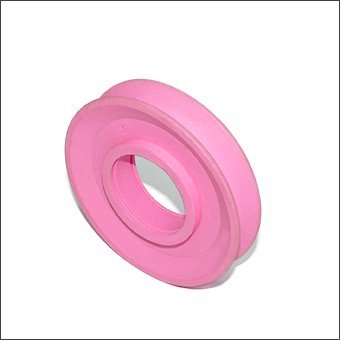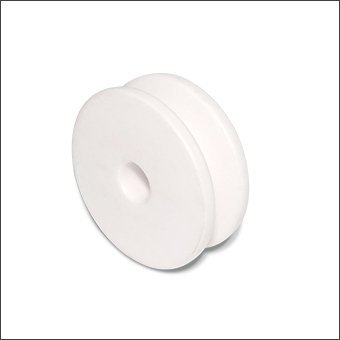Why Ceramic Rollers
Are you still worried about the problems of metal rollers, such as fast wear, easy scratching of materials, and not being able to withstand high temperatures? It’s time to consider ceramic rollers!
-
- Ultra-long life: The wear resistance is 5-10 times that of metal rollers, reducing replacement frequency and maintenance costs.
- Precision processing guarantee: The working area is polished to avoid damaging or scratching the wire.
- Stable in extreme environments: Resistant to high temperatures of 1600°C, acid and alkali corrosion, and with no performance degradation in harsh working conditions.
- Energy saving and consumption reduction: The friction coefficient is only one fifth of that of metal roller, which reduces power loss and can save 15%-30% electricity in long-term use.
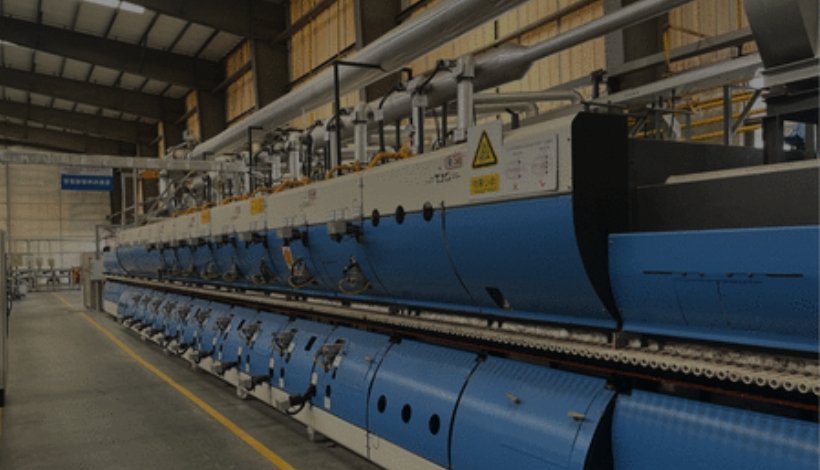
We Offer High Quality and Durable Ceramic Rollers
Ceramic rollers are engineered components designed for textile machinery, optical fiber drawing, and cable manufacturing, offering unmatched wear resistance, thermal stability, and corrosion immunity. Made from advanced ceramics like alumina (Al₂O₃) and zirconia (ZrO₂), these rollers excel in applications such as spinning, weaving, dyeing, and finishing, where traditional metal rollers fail due to abrasion or chemical exposure. Their lightweight design reduces energy consumption while maintaining dimensional stability under extreme conditions.
Jinghui has been serving customers in the textile industry for more than 15 years. The ceramic rollers we provide are of stable quality and durability. Many customers will continue to purchase from us after cooperating with us once. We have a variety of standard sizes and can also customize them for you. Just tell us what you need!
By Features

Can withstand long-term wear, suitable for continuous operation.
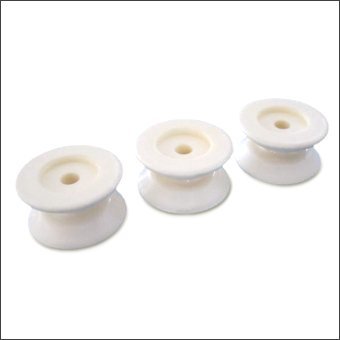
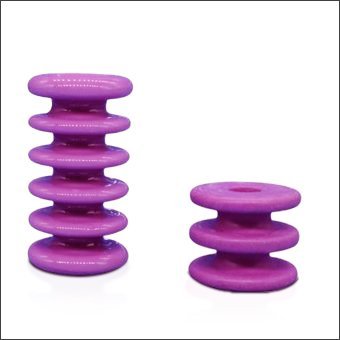
Guide multiple wires at the same time to improve production efficiency.
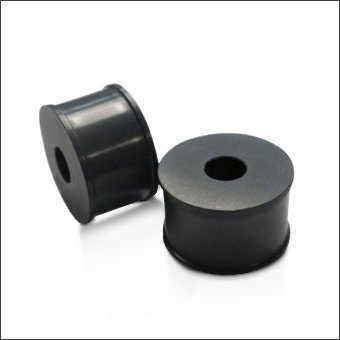
Used for high-end yarn processing, medical textile processing, etc.
Material Properties
| Property | Alumina | Zirconia |
|---|---|---|
| Hardness (HV) | 1400–1700 | 1200–1400 |
| Max. Temp. | 1600°C | 1500°C |
| Thermal Conductivity | 24-31 W/m·K | 2–3 W/m·K |
| Surface Finish After Machining | Ra ≤0.2 µm | Ra ≤0.1 µm |
Alumina ceramic rollers have high hardness, high temperature resistance, and low cost, and are suitable for general scenarios such as chemical fiber spinning and power cables; zirconia ceramic rollers have stronger toughness (impact resistance) and 30% higher wear resistance, but are expensive and suitable for precision fields such as optical fibers and ultra-fine alloy wires.
When selecting, alumina is preferred to meet conventional needs, while zirconia is selected for ultra-high speed (>80m/s) or easily broken wires. The price difference between the two is mainly due to the raw materials and process complexity of zirconia.
We can customize ceramic rollers. Please let us know your requirements in detail. It would be better if you have drawings or samples.
A mirror-polished surface (Ra ≤0.2 µm) minimizes fiber friction, reducing yarn hairiness by 30% and improving tensile strength. For example, in ring-spinning machines, smooth ceramic rollers decrease energy consumption by 20% while maintaining consistent yarn diameter.





